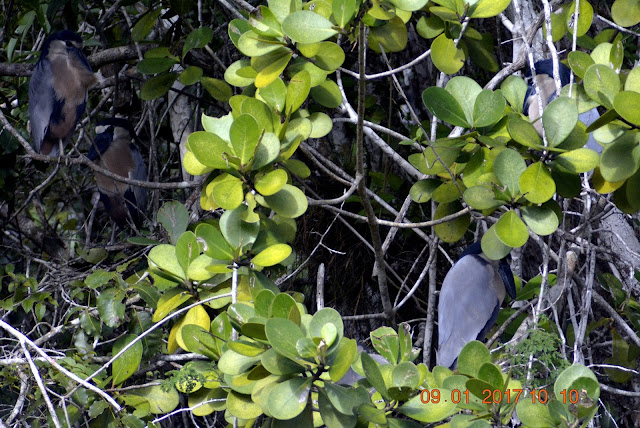Destino 502, Maya Wold Tours and Transportes Aereos de Guatemala TAG a joint operation.
19/12/17
We landed yesterday mid-morning in a small clearing at the jungle in El Mirador hydrological basin.
Before the landing the captain indicated that we were flying over the pyramids of El Mirador, I could only see giant mountains to my right and left and below the helicopter, at that moment the intercom of the helicopter began to sound with the voice of the captain informing the control tower of his arrival at Mirador and I sank in the jungle.
Leaving me alone... :-(
Mirador is a massive site of the pre-Classic period (B. C 2, 000 - A. D 200) with the largest pre-columbian pyramidal structures of the American continent and which are also among the largest in the ancient world.
La Danta Piramid
When the powerful sites of the clasic period (A. D 200 - 900) were just little villages El Mirador had 100, 000 inhabitants, and served as the capital for a network of cities in the Maya Lowlands of Petén, including Nakbé, Tintal and San Bartolo. Currently the Mirador basin could be consider a Mayan urbanization as six times larger than Tikal.
My field-task was, mainly, to achieve three objectives.
1. Recognition of the site.
2. Attention to visitors, at El Mirador, traveling by helicopter.
3. Stay 22 days in Mirador in physical and mental conditions to meet the first two objectives.
To access the site visitors must walk two days in the jungle, camping in the middle of nowhere and then getting back to Flores in another two days of walking.
El Mirador. Base Camping Area
The joint operation of Destino 502, Maya World Tours and Transportes Aereos de Guatemala TAG
must fulfill a great objective: "Make the visitor live, in a gigantic and wild place like El Mirador, an affordable travel experience with the most professional and sophisticated teamwork for touristic services"
With that great responsibility to fulfill, I landed at El Mirador carring with all my seasonal equipment.
Few travelers can say they know "The Cradle of the Mayan Civilization" due to the wildness of four or five days and their nights in the jungle.
However, the experience of visiting Mirador is unique, but, now the visitor has the excellent opportunity of a one day trip to Mirador.
The best of the best.
To be continue.





















